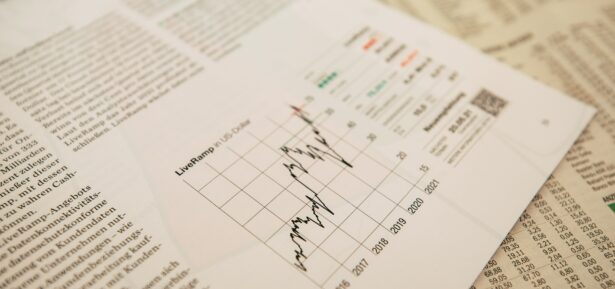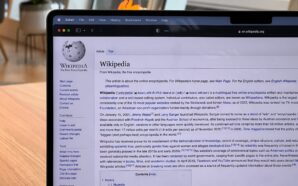Without pandemic-era loan accommodation, borrowers are falling behind.
During the height of the COVID-19 pandemic, numerous aid and accommodation programs were established to keep those whose livelihoods were impacted afloat. These programs were primarily meant to aid borrowers of various kinds of loans who may not have been able to make their monthly payments due to lost work. However, as the pandemic has calmed down, these programs have come to an end, and those who were relying on them are having difficulty keeping up.
Auto loan delinquencies rise as loan-accommodation programs end https://t.co/1AtALH79Xb
— CNBC (@CNBC) November 8, 2022
According to a TransUnion report picked up by CNBC, about 1.65% of the over-81 million auto loans active in the United States are at least two months overdue. That’s the highest rate of auto loan delinquency seen in the United States in the last ten years.
“Consumers still want to stay current as best that they can. It’s just this inflationary environment is making it challenging,” Satyan Merchant, senior vice president of TransUnion, told CNBC. “It leaves fewer dollars in their pocket to make the auto loan payment, because they’ve got to pay more for eggs and milk and other things.”
Auto loan delinquencies are on the rise this quarter. @Lebeaucarnews joins with more: pic.twitter.com/IcqzQSztcE
— Squawk Box (@SquawkCNBC) November 8, 2022
While some accommodation programs are still active, their conditions for eligibility have been severely tightened, leaving the number of loans still supported by them far lower than this time one or two years ago.
“There has been this effect where the delinquency that may have occurred over the last few years is really just pushed out or delayed because that consumer didn’t have to make payments or their status was on an accommodation. So now some of those are hitting,” Merchant said.
US Presidents Make Statements Ahead of Midterms
-
Michael Saylor, a prominent figure in the world of cryptocurrency, has seen significant gains this week as the value...
-
The Office for National Statistics (ONS) released official figures on Wednesday, revealing that the United Kingdom posted a record...
-
As scrutiny intensifies, Fujitsu faces repercussions for its role in the Post Office scandal. The UK government has issued...
-
Tech Billionaire Proposes Renaming Wikipedia to ‘Dickipedia’ in Exchange for Record Donation In a recent social media spectacle, tech...
-
Urgent IMF Deal Needed to Prevent Pakistan’s Economic Collapse, Bloomberg Warns Bloomberg, a renowned US-based financial news service, has...
-
Federal student loan borrowers are in a tough situation as the pause on loan payments, implemented during the pandemic,...
-
Silicon Valley Bank’s Acquisition Fallout: Rising Unemployment and Uncertain Future First Citizens BancShares Inc., the new Silicon Valley Bank...
-
President Joe Biden and House Speaker Kevin McCarthy engaged in crucial negotiations on Monday to address the US government’s...
-
Secure your financial future with the 50/30/20 rule! As the cost of living continues to increase in 2023, managing...
-
Common treatments and medicines are becoming more expensive and harder to get. According to a new report released this...
-
A California appeals court overturned the challenge to Proposition 22. Back in 2020, California voters passed Proposition 22, which...
-
Tesla is looking to spark interest in its most expensive models. In the last several months, prominent electric vehicle...




















